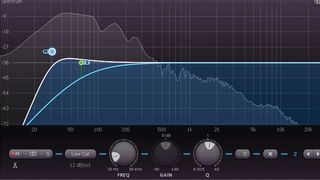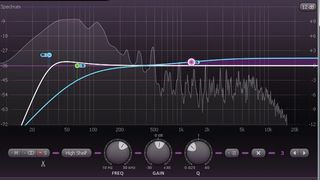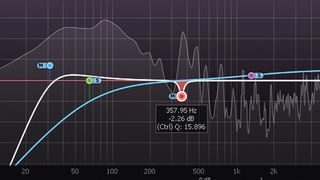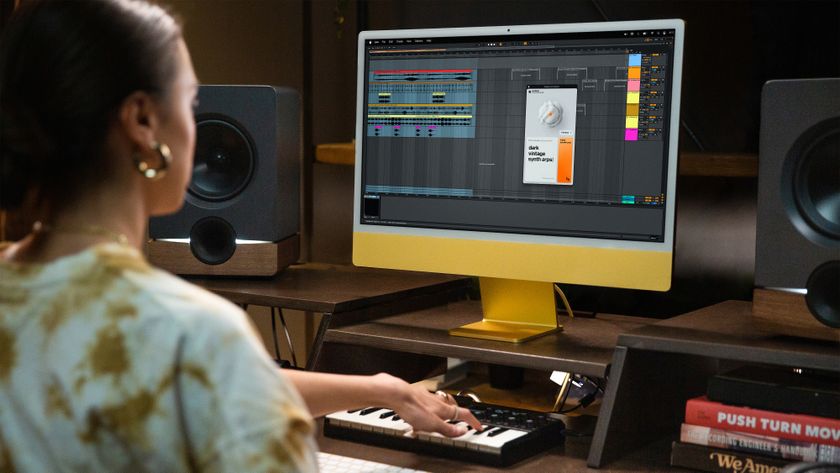How to use mid/side EQ for mastering
Separate the stereo and learn this fantastic EQ technique
MASTERING WEEK: Using a Mid/Side EQ can be very useful in the mastering process. Basically it splits a stereo signal into 'Mid' and 'Side' channels. Now, the Mid is all the mono information, that is to say everything which is identical in the left and right speaker, and the Side channel is the opposite: It contains any information which is different between the left and the right speaker.
You will find that bass and drums often reside in the Mid channel whereas wider elements, such as stereo reverb and pannedelements, will be found occupying the sides.
It's incredibly useful sometimes to have a listen to this split signal on a stereo song as it gives you an opportunity to get a glimpse 'under the hood'. Maybe there is some strange resonance that is problematic only in the Mid channel that you can get rid of with a surgical EQ with a narrow Q cut, while leaving the nice sides alone. Maybe you wish to roll off the bass in the Side channel - to tighten up the low-end and focus that kick drum.

Step 1: Pro-Q is a great EQ from FabFilter which has Mid/ Side capabilities. Simply switch to Mid/Side in theChannel Mode section, then you can EQ the Mid and Side separately.
In this instance I have rolled off the low-end in the sides, with a smooth 6dB per octave curve starting quite high up, while the mid is EQ'd slightly differently: rolling off with a steeper curve and a little boost on the subs before the cut.

Step 2: You could give the sides a boost in the high-end to bring out the intricacies lurking in the reverbs andeffects. When used subtly this can bring out a bit of shine in the top-end and help open up the track.
It's useful to be able to test whether this high-end boost sounds better on the sides alone, the mid alone, or the mid and side combined. It gives you more flexibility as a mastering engineer to have these extra options available to you.
Get the MusicRadar Newsletter
Want all the hottest music and gear news, reviews, deals, features and more, direct to your inbox? Sign up here.

Step 3: Here is the resonant frequency adjustment option we discussed earlier in action. I'm removing a little bit of resonance from a problematic frequency, but only in the mid channel, while leaving the sides untouched. This adds another level of control to your bag-of-tricks as a mastering engineer, and gives you much more precise and flexible EQ options when dealing with problematic frequencies than just a standard EQ.
Future Music is the number one magazine for today's producers. Packed with technique and technology we'll help you make great new music. All-access artist interviews, in-depth gear reviews, essential production tutorials and much more. Every marvellous monthly edition features reliable reviews of the latest and greatest hardware and software technology and techniques, unparalleled advice, in-depth interviews, sensational free samples and so much more to improve the experience and outcome of your music-making.













